Last time we looked at Quiz positions 1 through 5 from the quiz contest at last month’s Boston Open. This week we’ll move on and look at positions 6 through 10.
Good luck!
Problem 6: Black to play 6-5
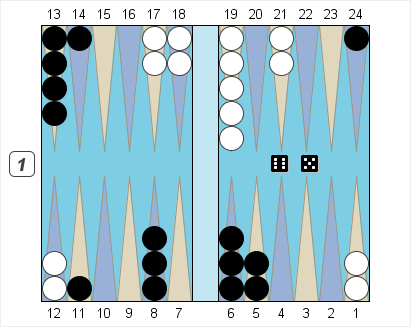
Black – Pips 153
Black to Play 6-5
Problem 7: Black to play 6-5
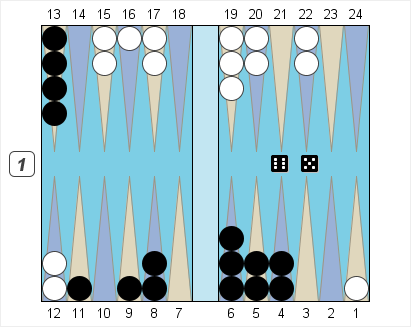
Black – Pips 124
Black to Play 6-5
Note that in a match at DMP, the priming play (11/5 13/8) would be slightly better.
Problem 8: Black to play 4-2
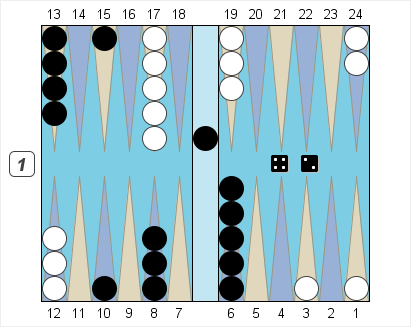
Black – Pips 156
Black to Play 4-2
How’s the race? Black trails by 11 before the roll. After he plays his 4-2, he’ll trail by six. That’s not indicative one way or the other, so let’s look elsewhere.
The odd feature of the position is White’s huge stack on his 8-point, probably the result of an awkward 5-5 earlier. The easiest way for White to repair this flaw is to dump checkers into his inner board and cover them later. Black can counter that plan by entering on the 23-point and guarding White’s inner board.
If Black wants to play Bar/23, then what’s his four? Stacking with 10/6 is silly given White’s weak board, so how about 15/11? That looks a little loose with White’s rear checkers already split, but notice that many of White’s hits contain a six (6-1, 6-2, 6-3, and 6-4). White would like to use sixes to hit loose on his 2-point, both to attack and to push Black forward in his board. So 15/11 benefits from a lot of duplication.
Given his racing deficit, of course, getting a second checker hit isn’t a disaster for Black, and playing Bar/23 15/11 puts all his checkers where they’d like to be. It’s the right play.
Problem 9: Black to play 3-3
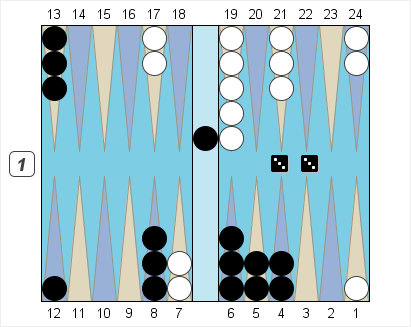
Black – Pips 136
Black to Play 3-3
However, Black has a better move available: Bar/22, followed by switching with 4/1*(2) and finally adding a builder with 8/5. When you throw a small-to-medium double and your opponent has one or more loose men in your inner board, be sure to check out the switching plays. They take away part of your opponent’s roll, give him some awkward shots from the bar, and set up a possible blitz. The switch is especially strong when your opponent has a combination of stacks and stripped points, since being able to play only half his roll may be awkward. In this position Black doesn’t have a double if White fans, but he’s then only one good sequence away from a cube.
Problem 10: Black to play 3-1
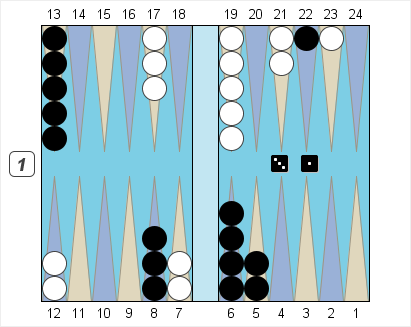
Black – Pips 145
Black to Play 3-1
Beginners tend to play 8/4 here. It’s safe and starts the next point in the board. But it has two drawbacks which outweigh any safety: the 8-point becomes stripped, and the midpoint remains with a huge stack. Much better is 13/10 6/5, which unstacks the midpoint and keeps a spare on the 8-point. If Black doesn’t get hit almost all his rolls play well. If he does get hit he should have plenty of return shots, and even if he doesn’t hit anything he may be able to anchor and cause White more problems down the road.
When plays like this start to look obvious, it’s a sign that you’re making the transition from an intermediate to an open player.





